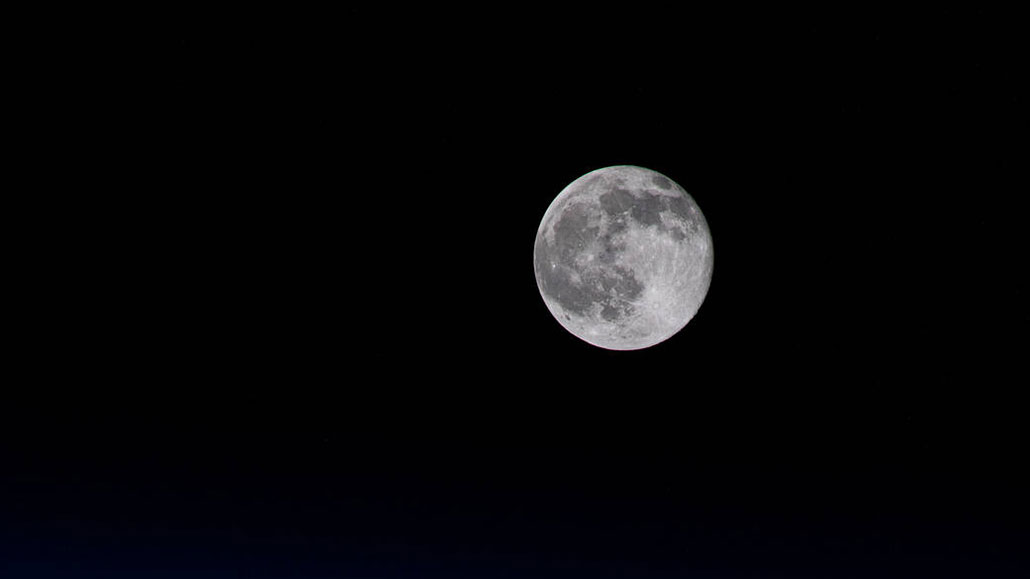Let’s learn about the moon
It’s our constant companion, and influences life on Earth in ways big and small

This is a picture of the moon taken from the International Space Station on January 29, 2021.
NASA
The moon is more than a bright, beautiful orb in the night sky. Our nearest neighbor also plays a big part in making the Earth a good place to live. Located an average of only 384,400 kilometers (238,855 miles) away, it’s got enough gravity to help stabilize the Earth on its axis. That makes our planet’s climate more stable than it would be otherwise. The moon’s gravity also pulls the oceans back and forth, producing tides.
As the moon orbits the Earth, it passes through different phases. They are the result of sunlight reflecting off the moon, and where the moon is in relation to the Earth. During a full moon, we see one entire half of the moon lit by the sun because the Earth is between the moon and the sun. During the new moon, none of the moon is visible and the sky is exceptionally dark. That’s because the moon is between the Earth and the sun, and only the dark side of the moon faces our planet.
The moon cycles through all its phases once every 27 days. This is also the amount of time it takes to go around the Earth. As a result, the same side of the moon always faces the Earth. The far side of the moon was a mystery until people developed spacecraft. Now that far side is a bit less of an unknown. China has even landed a spacecraft on this far side of the moon, to learn more about it.
The moon’s light and its effect on the tides are important to animals here on Earth. Some animals time their breeding with the tides. Others change their feeding to stay safe from lions when the moon is dark. And deep in the Arctic night, the moon can provide some illusive illumination for living things.

Educators and Parents, Sign Up for The Cheat Sheet
Weekly updates to help you use Science News Explores in the learning environment
Thank you for signing up!
There was a problem signing you up.
Want to know more? We’ve got some stories to get you started:
The moon has power over animals: The moon is known for its tidal effects. But its light also can exert a powerful influence on animals large and small. (11/7/2019) Readability: 8.0
There’s water on sunny parts of the moon, scientists confirm: The new observations were made by a telescope on board a jet in Earth’s atmosphere. They confirm the presence of water on sunlit areas of the moon. (11/24/2020) Readability: 7.8
Welcome to moon rock central: A Science News reporter’s visit to NASA’s moon-rock lab shows the hyper-pristine conditions in which these rocks are kept — and why that’s so important. (9/5/2019) Readability: 7.3
Explore more
Does the moon influence people?
This high-tech sweeper is designed for super-clingy moon dust
Astronauts may be able to make cement with their own pee
Wiggly wheels might help rovers plow through loose lunar soils
Rover finds ‘layer cake’ below ground on moon’s farside
Learning from what Apollo astronauts left on the moon
Preserving remnants of human culture on the moon
Activities
Blast off! One of the problems with getting to the moon is that we need to bring so much stuff. How do engineers design rockets to carry heavy payloads? This NASA activity will show students what engineers have to think about when trying to take objects (and people) to space.







